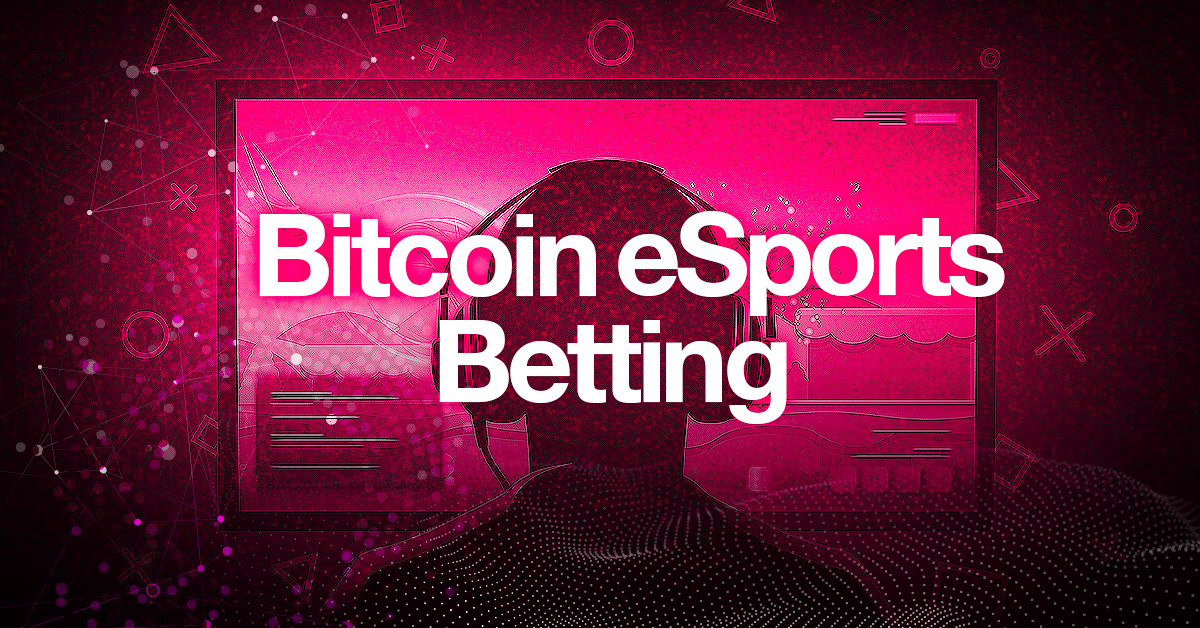
What is Monero?
A Beginner´s Guide to Buying, Selling, Using, and Mining Monero:
An In-Depth Monero Guide by Americas Cardroom
Cryptocurrency Home | Monero
Up, up, and away! It’s a bird, it’s a plane… no it’s… Monero? The open source cryptocurrency, which launched in April 2014, has greatly benefited from the growing demand for crypto coins.
Largely overshadowed by more popular cryptocurrencies—think Bitcoin and Ethereum—Monero still plays an important role in the crypto coin markets. But what exactly is it?
What is Monero?
Monero is a blockchain-based cryptocurrency that provides users with security, privacy, and anonymity. A blockchain is simply a database or ledger that contains an auditable record of all transactions that occur on the network. The large list of transactions can be accessed by all users, providing widespread accountability.
Monero’s blockchain packages its blocks together every two minutes. Everyone on the network has copies of these blocks, resulting in thorough verification of the transactions. One feature of Monero that isn’t shared with many blockchains is its privacy and anonymity—the Monero blockchain does not reveal where funds originated or what the destination is.
As a cryptocurrency, Monero is opensource and therefore accessible to anyone. Like other cryptocurrencies, it is also decentralized, free from the shackles of middlemen and centralized authorities. It also uses ring signatures and ring confidential transactions, meaning that the amounts, origination, and destination of all transactions is private. One of the greatest benefits of Monero is that decentralization does not minimize privacy.
Research and expanded definitions on Monero can be found online. Because the cryptocurrency is unregulated, a majority of the research is limited to internet sites like Reddit and cryptocurrency blogs.
How Do I Buy Monero?
Monero is bought and sold on an exchange, much like one would buy and sell stocks or bonds. The first step is to generate a Monero wallet, which can be done online via websites like getmonero.org. A wallet is essentially a cryptocurrency bank account. Or, think of a physical wallet where credit cards and cash is kept. But in this case, the wallet is a digital wallet that stores cryptocurrencies.
With the wallet, a user may purchase Monero by going to an online exchange and funding an account. Accounts with exchanges are funded with cash, with credit cards, or with other cryptocurrencies. Bank transfers are also allowed.
Once the account has funds, users are free to buy and sell on the exchange as they choose. Though Monero can be bought with cash or credit cards, this doesn’t mean that any physical depositing or swiping takes place. All transactions are completed online through the exchange.
How Do I Turn Monero into Cash?
To withdraw or exchange Monero, users need to follow the process they used to initially purchase the coins—just the reverse. Once the crypto coin is sold, it can be converted into other currencies and then liquidated into fiat currencies, or it can be directly exchanged. Monero purchases are able to cash out in a manner they choose.
Thus, similar to the way the account was funded, so also users can move converted funds from their cryptocurrency wallet to their bank account. Then cold hard cash can be withdrawn at an ATM. One point of caution—users need to be aware of the rules that govern the exchange(s) they use. Some exchanges allow direct conversion to fiat currencies like USD, GBP, or Euros. Others, however, require conversion to more common coins like Bitcoin or Ethereum.
How to Use Monero
Monero can be used in a wide variety of everyday transactions. It can be used to purchase tangible, physical goods at crypto marketplaces like All for Crypto or CryptoMercado. It can also be used to purchase a variety of blockchain based services, including cellphone and laptop repair, lawn care, and web development.
To purchase goods and services, users simply use their wallet to transact business with sellers. Transactions are executed at an agreed upon price that results in minimal, if any, transactions costs.
A growing use of Monero is for poker matches. Poker Monero is a way for Monero users to enjoy traditional card games like Blackjack, Hold ‘Em or Five Card Draw, using Monero instead of traditional currencies.
Monero is often used as a tool to build wealth. Because its price, Monero is driven by supply and demand on an exchange, and can be traded and / or invested for a profit. Its value is not derived like the value of the typical fiat currency—its price is not affected by changes in exchange rates nor is it manipulated by the whims and theories of central bankers.
What is Monero Mining?
Blockchain mining is a process where miners verify transactions and add them to the blockchain. This is why blockchains are often referred to as databases or ledgers. Miners sort through blocks and review them to validate the transactions. As they mine, they ensure the system runs smoothly and efficiently.
Monero is a Proof of Work currency. A Proof of Work is a data slice that is difficult to produce, but easy to verify by others in the network. Proof of Work must also satisfy certain requirements. Once a block is generated, the miner or miners are paid a fee for creating the block. The fee is paid with either parts of the transaction, or the currency of the blockchain that is mined—in this case, Monero. Mining calculators are used to calculate the payout and profitability of a given job. Some blocks are harder to mine than others, and thus carry a large payout.
How to Mine Monero
First Monero miners must make sure their computer can handle the requirements. This includes memory, and a powerful CPU or GPU. It is also recommended that AMD Graphic cards are used, though it is possible to mine with an Nvidia product as well.
Second, Monero miners have the option to mine solo or mine in a pool, i.e. with a group of other miners. This is often the preferred method, as mining in a pool allows users to use each other to mine larger and more difficult blocks.
Finally, miners begin the process of sorting through and verifying transactions. As blocks are produced and added to the blockchain, miners bring in fees that result in high profitability for their work.
Mining is a great way for users to participate in Monero’s price appreciation, since miners are paid a fee for their services. They have a chance to increase their coin count as the price of the coin rises. As a result, they are able to enjoy the increase in Monero’s market cap.
How will Monero Scale?
As cryptocurrencies continue to soar up, up, and away—despite recent pullbacks in many coins—questions naturally arise about scalability. Price charts reveal both price appreciation and increasing trading volume, and many wonder how these cryptocurrencies will meet the demands for growing transactions loads.
In Monero’s case, many miners admit to agnosticism on the issue. Blockchains are scalable, but it is extremely difficult for them to scale well. At this point, miners have decided to focus on Monero’s bandwidth, since storage isn’t an issue.
Once the basics of cryptocurrencies like Monero are understood, a whole new world opens up. Monero is an immensely practical coin that has intrinsic value convertible to real world uses. Its use in both investing and common transactions will likely result in increasing value. The blockchain technology that powers Monero can only go up… up, up, and away!




















